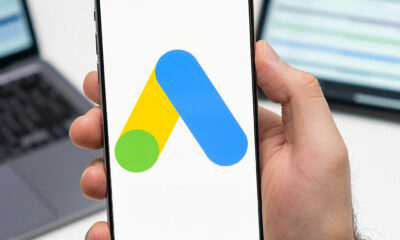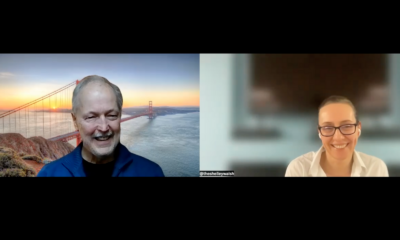Marketing workflow management software company Smartsheet launched a new Formula 1 sponsorship strategy, Sponsor X, which forgoes its place on the McLaren team car at the Melbourne Grand Prix. Instead, Smartsheet invited local Aussie non-profit DeadlyScience to take its place on the car.
DeadlyScience promotes STEM learning (Science, Technology, Engineering and Mathematics) to Aboriginal and Torres Strait Islander children. This will be the first time an indigenous organization has been featured on a Formula 1 car.
In addition to sharing its ad space in the race, Smartsheet is also lending the nonprofit organization its software and consulting services to raise awareness. DeadlyScience has shipped over 20,000 books and science resources to remote schools in over 100 communities across Australia.
Read next: What is marketing work management?
Get the daily newsletter digital marketers rely on.
Why we care. We saw a lot of out-of-the-box strategies during the Super Bowl. Brands supported marquee sponsorships with digital messaging, or skipped the Big Game altogether and took to social media. Smartsheet is supporting this strategy with digital assets that explain DeadlyScience’s community efforts. They are also providing the blueprint for how other companies can use their sports sponsorships to give more visibility to nonprofits. And they’re using a hashtag–#SponsorX.





















You must be logged in to post a comment Login